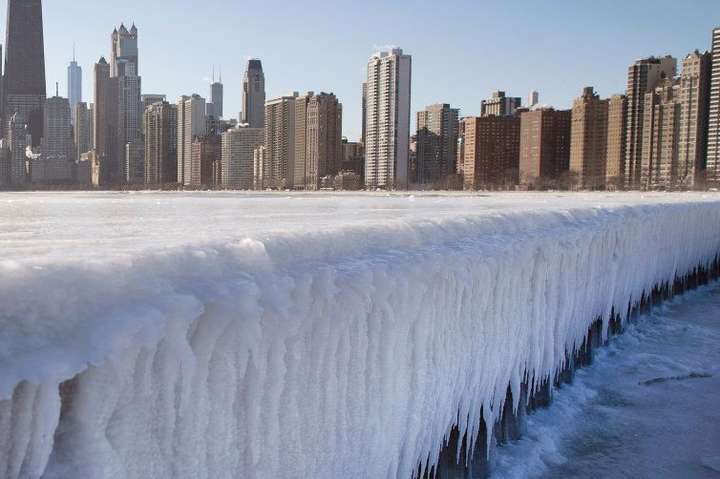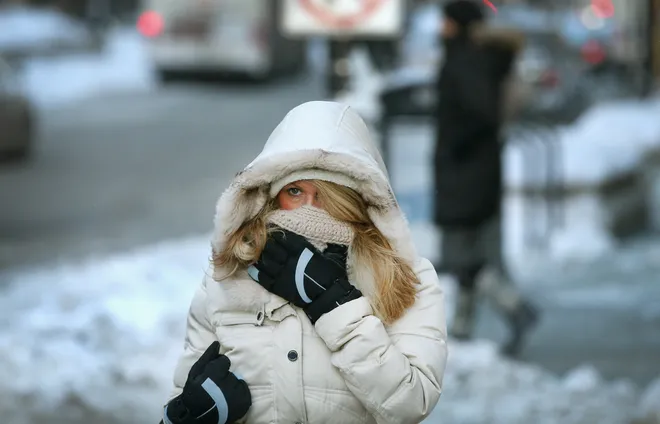The weather in the country has been turned upside down.
The United States of America is now experiencing a rather strange period of record low temperatures – even those regions where cold weather should not be in sight. Let’s try to figure out what caused such climate change and what to expect next.
On January 1, 2019, Anchorage, Alaska was warmer than Jacksonville, Florida. And then, on January 2, it snowed in Tallahassee, Florida for the first time in 28 years.
All of this is happening because the incredible weather of the Arctic has broken out of its atmospheric prison, which holds most of Earth’s cold. After that, she headed south – to the central and eastern states of America. The weather in the country has turned upside down.

Supercold air is usually “trapped” in the Arctic in a polar vortex centered around the poles, in this case around the North Pole. When the whirlwind weakens, it is like a collapse of a dam, only instead of water – cold air.
For the States, this is an unusual phenomenon, but rather not in terms of low temperatures, but the duration of the cold snap. According to the US National Oceanic and Atmospheric Administration, more than 1,600 temperature records were broken or reached in the last week of December 2018. For Omaha, for example, minus nine degrees Celsius marked the coldest start to the year since 1871. Nevertheless, the record was set on January 5, 1885: then the temperature dropped to minus 35 degrees.
Chicago, for example, was completely renamed “Chiberia” (from the English. Siberia and Chicago). The temperature in the city dropped below minus 30 degrees.
Most of the polar vortex shift is affecting the United States.
While the continental part of the country is covered with an ice crust, in the rest of the world the temperatures are even slightly higher than usual. Also on January 1, 2019, global average temperatures were 0.9 degrees warmer than usual, with Arctic temperatures as much as six degrees hotter, according to the University of Maine Climate Change Institute.
What to expect next? According to the weather service, the intense storm that is part of the system will intensify so quickly that it will become a “bomb cyclone.” In the event of such a phenomenon, the pressure at the center of the storm drops very quickly.
Meteorologists are hoping the gale-force winds will remain offshore and suggest that the worst to come is sub-zero temperatures on the US East Coast.

What caused the polar vortex to move? This question is now a topic of heated debate among scientists. Most likely, the reason for the movement of the polar vortex is a mixture of climate changes provoked by man and its natural variability. Climate change hasn’t made the polar vortex any more extreme, but research suggests that global warming could cause arctic air to “descend” across the US for longer periods.
Of course, the question arises: how can it be so cold with global warming? To begin with, Arctic air is still quite cold, so atmospheric changes that allow air to move south will continue to cause such sharp temperature drops. Also, don’t confuse weather—a regional phenomenon lasting days or weeks—with climate, which essentially determines the habitability of an area for years to come. The weather, with its frequent changes, is similar to a human mood, and the climate is more like a person’s personality with its more or less established features and habits.
